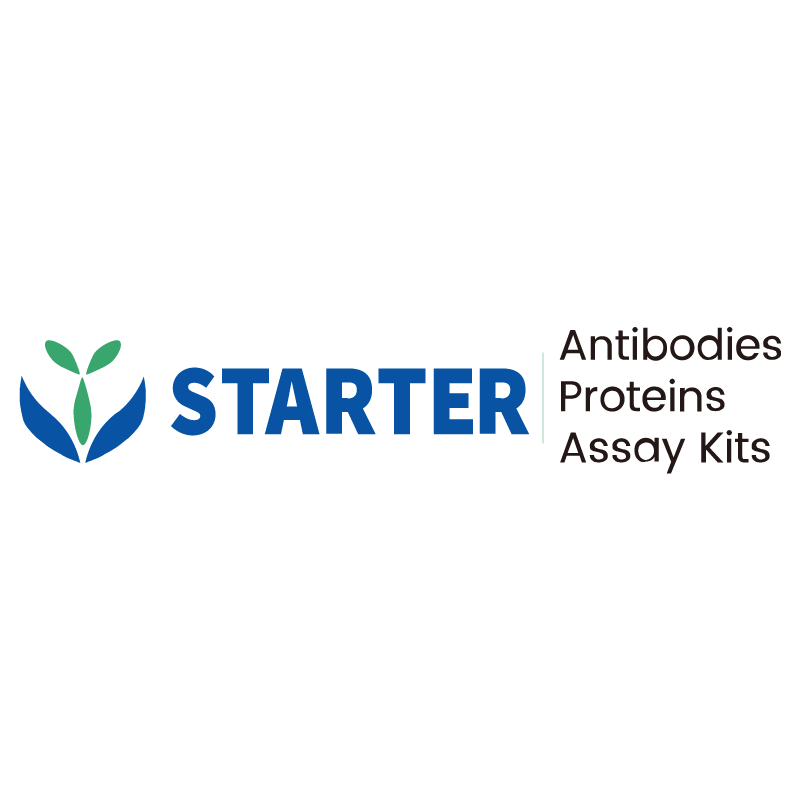WB result of HIF-1 alpha Recombinant Rabbit mAb
Primary antibody: HIF-1 alpha Recombinant Rabbit mAb at 1/1000 dilution
Lane 1: untreated Raji whole cell lysate 20 µg
Lane 2: Raji treated with 100 μM CoCl2 for4 hours whole cell lysate 20 µg
Secondary antibody: Goat Anti-rabbit IgG, (H+L), HRP conjugated at 1/10000 dilution
Predicted MW: 93 kDa
Observed MW: 120 kDa
Product Details
Product Details
Product Specification
| Host | Rabbit |
| Antigen | HIF-1α |
| Synonyms | Hypoxia-inducible factor 1-alpha; HIF-1-alpha; HIF1-alpha; ARNT-interacting protein; Basic-helix-loop-helix-PAS protein MOP1; Class E basic helix-loop-helix protein 78 (bHLHe78); Member of PAS protein 1; PAS domain-containing protein 8; BHLHE78; MOP1; PASD8; HIF1A |
| Location | Cytoplasm, Nucleus |
| Accession | Q16665 |
| Clone Number | S-3123 |
| Antibody Type | Recombinant mAb |
| Isotype | IgG |
| Application | WB, ICC |
| Reactivity | Hu, Ms, Rt |
| Purification | Protein A |
| Concentration | 0.5 mg/ml |
| Conjugation | Unconjugated |
| Physical Appearance | Liquid |
| Storage Buffer | PBS, 40% Glycerol, 0.05% BSA, 0.03% Proclin 300 |
| Stability & Storage | 12 months from date of receipt / reconstitution, -20 °C as supplied |
Dilution
| application | dilution | species |
| WB | 1:1000 | Hu |
| ICC | 1:500 | Hu |
Background
HIF-1α (hypoxia-inducible factor-1 alpha) is a crucial transcriptional regulator encoded by the HIF1A gene, playing a vital role in cellular adaptation to low-oxygen conditions. Under normal oxygen levels, HIF-1α has a short half-life and is rapidly degraded via the von Hippel-Lindau tumor suppressor gene product (pVHL)-mediated ubiquitin-proteasome pathway. However, in hypoxic conditions (when oxygen levels are below 5%), HIF-1α becomes stable, accumulates, and translocates to the nucleus. There, it forms an active HIF-1 complex by binding with HIF-1β, which then binds to hypoxia response elements (HRE) in the promoters of target genes, activating the transcription of over 40 genes involved in processes such as oxygen transport, glucose metabolism, cell survival, and angiogenesis. HIF-1α is highly expressed in many tissues, especially in the kidneys and heart, and is often overexpressed in various cancers, contributing to tumor growth and resistance to therapies. Its stability and activity are regulated by various post-translational modifications, including hydroxylation, acetylation, and phosphorylation.
Picture
Picture
Western Blot
Immunocytochemistry
ICC analysis of HeLa cells treated with cobalt chloride (500μM, 6h) (top panel) and untreated HeLa cells (below panel). Anti- HIF-1 alpha antibody was used at 1/500 dilution (Green) and incubated overnight at 4°C. Goat polyclonal Antibody to Rabbit IgG - H&L (Alexa Fluor® 488) was used as secondary antibody at 1/1000 dilution. The cells were fixed with 4% PFA and permeabilized with 0.1% PBS-Triton X-100. Nuclei were counterstained with DAPI (Blue). Counterstain with tubulin (Red).


